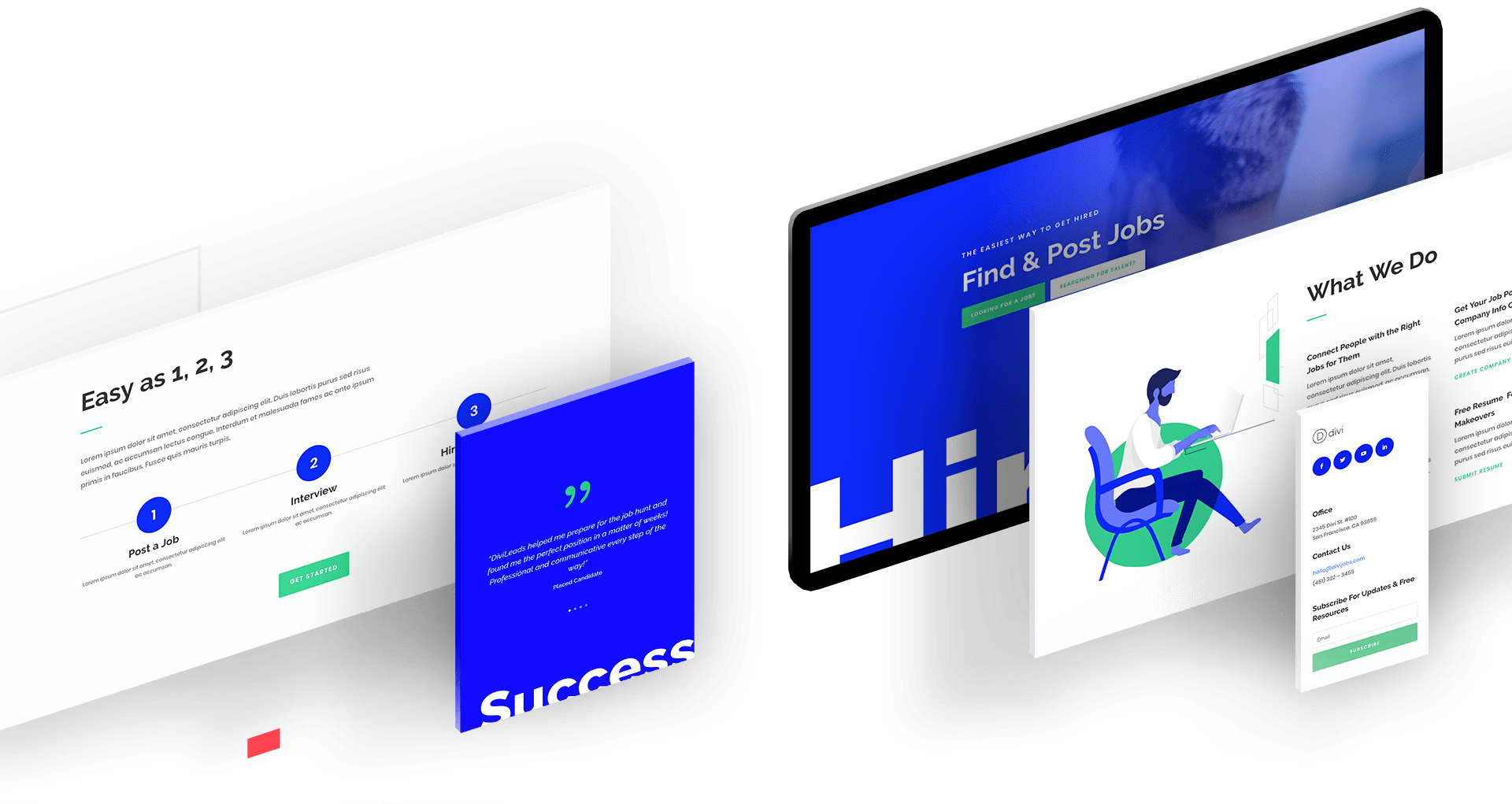You’re investing in SEO content writing. You’re churning out blog posts, crafting website copy, maybe even dabbling in those fancy pillar pages everyone’s raving about. You’re putting in the effort. So why aren’t you seeing the results? Why isn’t the traffic flooding in, the rankings soaring, and the leads… well, leading anywhere?
Chances are, those pesky SEO content writing mistakes are lurking in the shadows, silently sabotaging your best intentions. Like digital gremlins, these common SEO content errors can undo all your hard work, leaving your content stranded in the digital wilderness, unseen and unloved by Google (and more importantly, your potential customers).
The frustrating truth? SEO content writing, when done incorrectly, can actually be worse than doing nothing at all. It can waste your time, your resources, and even actively harm your search engine rankings. Ouch.
But fear not, intrepid content creator! We’re here to shine a spotlight on these 7 deadly SEO content writing mistakes, expose them for what they are, and, most importantly, arm you with the knowledge to avoid SEO content writing mistakes and finally start creating content that gets real, tangible results.
Consider this your SEO content writing survival guide. Let’s dive in and banish these errors to the digital dungeon where they belong.
Mistake #1: Keyword Stuffing – The SEO Sin of Over-Optimization
Ah, keyword stuffing. The OG common seo content error. We thought we’d left this cringe-worthy tactic in the early 2000s, but sadly, it still rears its ugly head.
The Mistake: Rampantly and unnaturally shoehorning keywords into your content. Think sentences like, “Our widget company offers the best widgets, high-quality widgets, and affordable widgets. Buy widgets from our widget store today!” (Please, don’t ever do this.)
Why It’s Deadly: Google is way too smart for this. Keyword stuffing triggers spam filters, severely hurts your rankings, and makes your content utterly unreadable for actual humans. User experience plummets, bounce rates skyrocket, and your website might as well be invisible.
The Fix: Embrace organic keyword integration. Use keywords naturally within your writing, prioritizing readability and user flow. Focus on semantic SEO – using related terms and concepts, not just exact keyword matches. Write for humans first, search engines second. Natural, valuable content is what Google rewards now.
Mistake #2: Neglecting User Intent – Answering the Wrong Question
The Mistake: Creating content that targets a keyword but fails to actually address the user’s underlying search intent. For example, targeting the keyword “best running shoes” with a product page instead of an informative blog post comparing different types of running shoes.
Why It’s Deadly: Google’s primary goal is to satisfy user search intent. If your content doesn’t align with what users are actually looking for when they type in a keyword, Google will deem it irrelevant and bury it in the rankings. High bounce rates signal to Google that users aren’t finding what they need on your page.
The Fix: Understand user intent before you even start writing. Analyze the SERPs (Search Engine Results Pages) for your target keyword. What types of content are ranking? Blog posts? Product pages? Videos? Match your content format and focus on the dominant search intent. Ask yourself: “What is the user really trying to achieve with this search query?” Answer that question, not just the keyword itself.
Mistake #3: Thin Content – Substance Over Skimping
The Mistake: Creating shallow, thin content that lacks depth, detail, and real value. Think blog posts that are only a few hundred words, barely scratch the surface of a topic, and offer little actionable information.
Why It’s Deadly: Google favors comprehensive, in-depth content that provides significant value to users. Thin content signals to Google that your page isn’t a valuable resource, leading to lower rankings. Users also quickly bounce from thin content, signaling poor quality to search engines.
The Fix: Go in-depth. Aim for substantial, comprehensive content that fully explores your topic. Research thoroughly, provide detailed explanations, offer actionable tips, examples, and insights. Focus on creating pillar content that establishes you as a true authority. Think quality and quantity (within reason – quality always trumps just hitting a word count).
Mistake #4: Ignoring Readability – Walls of Text That Scare Readers Away
The Mistake: Publishing content that is essentially a giant wall of text – long, unbroken paragraphs, no headings, no bullet points, no visual breaks.
Why It’s Deadly: In today’s fast-paced digital world, people scan content online, they don’t meticulously read every word. Poor readability overwhelms readers, makes it difficult to find information, and leads to high bounce rates. Google prioritizes user experience, and unreadable content fails miserably on this front.
The Fix: Optimize for readability. Break up your text with:
- Headings & Subheadings (H2, H3, H4): Organize content logically and improve scannability.
- Short Paragraphs: Keep paragraphs concise and focused on a single idea.
- Bullet Points & Numbered Lists: Present key information in easily digestible formats.
- White Space: Use white space effectively to make the page visually appealing and less overwhelming.
- Visuals (Images, Videos, Infographics): Break up text and enhance engagement with relevant visuals.
Make your content a pleasure to read, not a chore to decipher.
Mistake #5: Duplicate Content – The SEO Cardinal Sin
The Mistake: Publishing the same or very similar content across multiple pages on your website or even across the web (copying content from other sites or allowing others to copy yours without proper attribution).
Why It’s Deadly: Duplicate content confuses search engines. They don’t know which version to rank, diluting the ranking potential of all versions. In severe cases, it can be seen as manipulative and lead to penalties. It also provides zero unique value to users.
The Fix: Create original content. Every page on your website should offer unique, valuable information. If you need to cover similar topics, approach them from different angles, add new insights, and ensure each piece of content is distinct. Use canonical tags to indicate the original source if you must syndicate content. Plagiarism is a major SEO no-no.
Mistake #6: Ignoring Mobile Optimization – Alienating Half Your Audience
The Mistake: Creating content and website designs that are not optimized for mobile devices. Think websites that are slow to load on mobile, text that is too small to read, and layouts that are clunky and difficult to navigate on smartphones and tablets.
Why It’s Deadly: Mobile search dominates. Google prioritizes mobile-first indexing, meaning they primarily use the mobile version of your website for indexing and ranking. Ignoring mobile optimization means alienating a huge portion of your potential audience and severely damaging your search rankings.
The Fix: Embrace mobile-first design. Ensure your website is responsive and mobile-friendly. Test your content and website on various mobile devices to ensure a seamless user experience. Prioritize page speed, clear layouts, and mobile-friendly formatting. Mobile optimization is no longer optional; it’s essential.
Mistake #7: Forgetting the Call-to-Action – Leaving Readers Hanging
The Mistake: Creating great SEO content, driving traffic, but failing to guide readers towards the next step. Your content provides value but doesn’t include a clear call-to-action (CTA) telling users what you want them to do next.
Why It’s Deadly: SEO content writing should have a purpose beyond just ranking. It should contribute to your business goals. Forgetting the CTA means missing out on valuable opportunities to convert traffic into leads, subscribers, or customers. You’re driving traffic to a dead end.
The Fix: Include a clear call-to-action in every piece of SEO content. Tell readers what you want them to do next: Subscribe to your newsletter, download a resource, request a quote, browse your products, contact you for a consultation. Make it obvious and easy for them to take the desired action. Don’t leave them hanging; guide them down your sales funnel.
Stop Sabotaging Your SEO Content – Get Expert Help
Avoiding these common seo content writing mistakes is crucial for achieving real SEO success. But let’s be honest, mastering all the nuances of SEO content can feel like a full-time job (because, well, for us at Textworkers, it is!).
If you’re tired of wondering if you’re making these deadly mistakes and want to ensure your SEO content is actually working for you, not against you, Textworkers is here to help.
We’re experts in crafting SEO content writing that is not only optimized for search engines but also strategically designed to engage your audience, build your brand, and drive real business results.
Get a free quote today and get a response within an hour. Let Textworkers transform your content from a potential liability into your most powerful online asset.

“Lightning looks at these guys and says, ‘Man those guys are fast!’ Heath and his team are rock stars, real wordsmiths. On time and phenomenal work!”

“Textworkers has written the INC 5000 List for several years along with various projects for Fast Company and INC Magazine. Very impressive quality.”

“The content is quality and the turnaround is very solid. Textworkers wrote over a hundred pages of content in less than 10 business days. Unreal.”

